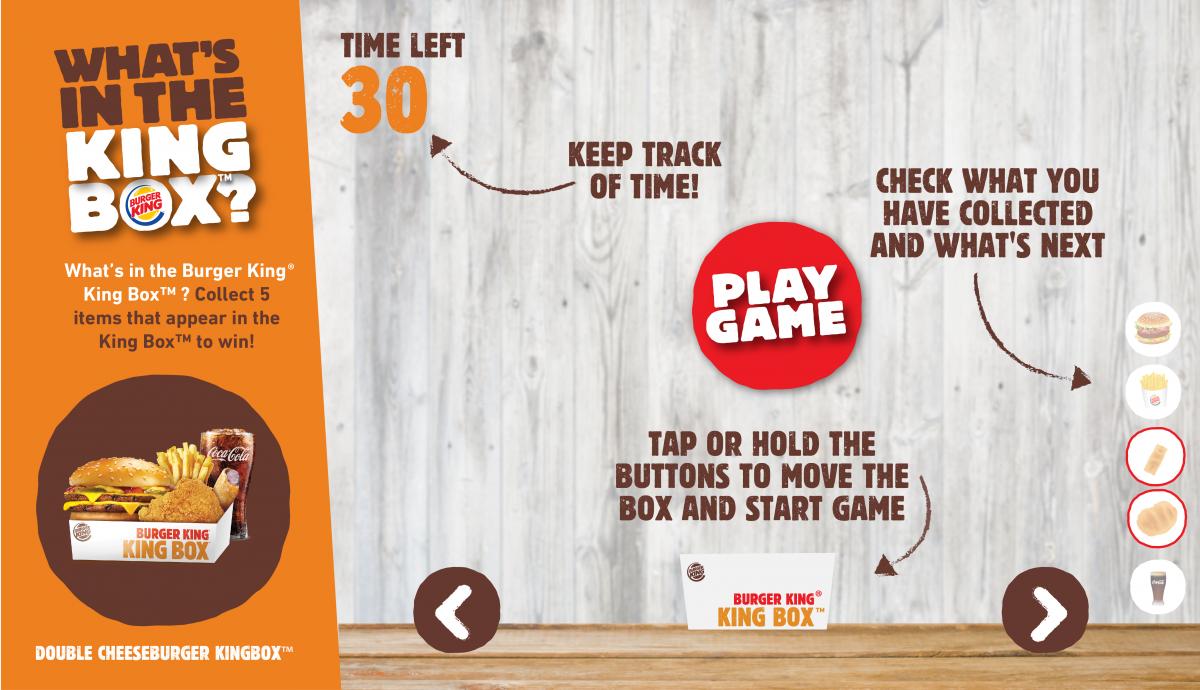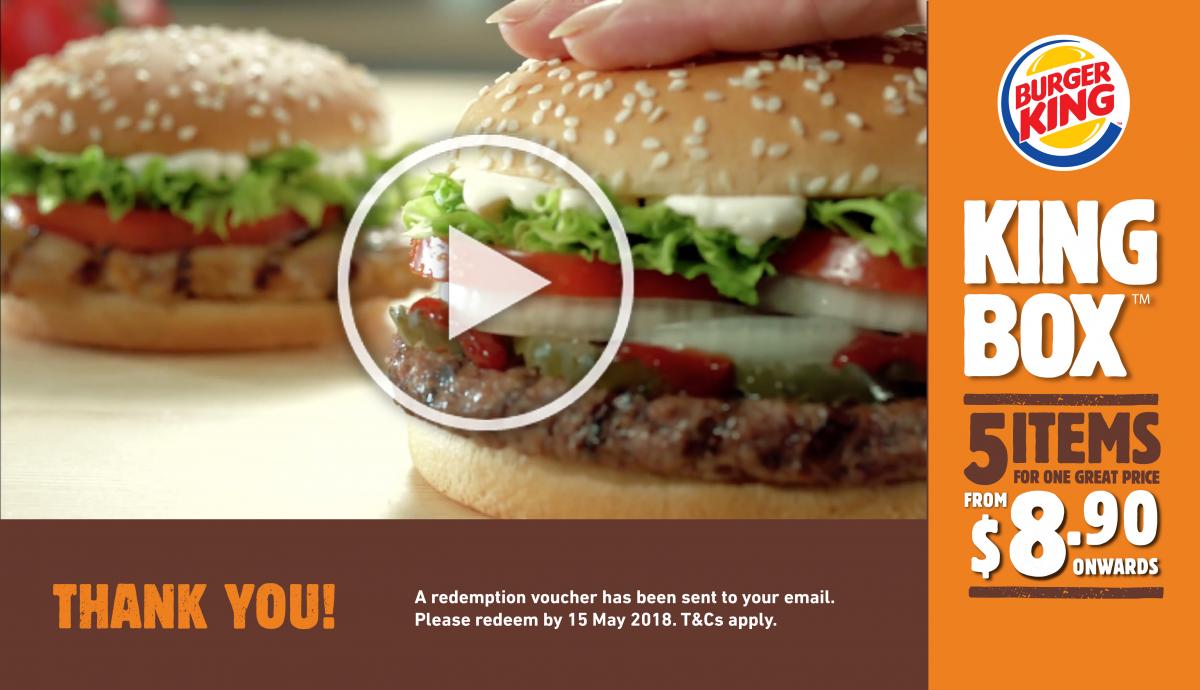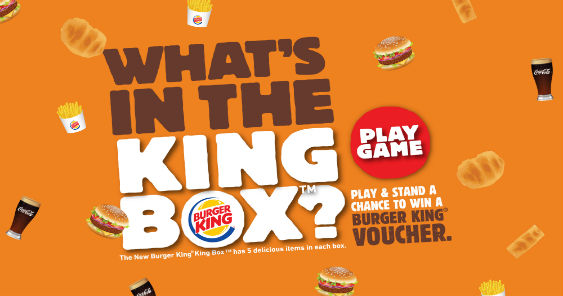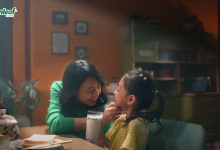SINGAPORE – Due to popular demand, Burger King Singapore relaunched the King Box™ campaign in 2018 and reintroduced the King Box™ to consumers through an interactive digital OOH campaign which contributed to brand recall and increased engagement rates.
Booking a taxi through a mobile app has become more convenient and less time-consuming, a vital contributor to Singapore’s reputation for its reliable public transportation system. As such, Burger King chose to leverage on the in-taxi IDOOH screens, which would provide a more interactive space for engagement between the brand and the passenger during their ride.

IDOOH provided the creative solution to reintroduce the King Box™ campaign by developing an interactive game available in ComfortDelGro taxi screens. Besides the entertainment factor, the game allowed players to get a voucher for Burger King’s season-limited King Box™ and provided Burger King with an avenue for email lead generation.

IDOOH, Asia’s leading in-vehicle screen platform, offers clients and partners access to interactive technology such as geolocation, presence recognition, day parting and big data. IDOOH’s technology comprise a blend of both screen and fleet management, enabling the generation of big data for vehicular OOH assets. IDOOH’s technology can track campaign data at granular levels, even down to the minute, providing accountability to clients on the campaigns’ ROI. Screens and vehicles are monitored around the clock every day, updating data from all vehicle ride times, distance travelled, passenger engagements, mixed panel measurements, acquisitions, and others.
The campaign was executed from 2 April 2018 to 29 April 2018, on ComfortDelGro taxis island-wide.
The mechanics of the game was to move a King Box™ across the screen to catch the right food items. Collecting all five items allowed the passenger to get a Burger King® coupon via email. The memory game, in addition to the TVC campaign, was strategic because the passenger was required to remember the components of the box. Thus, the game, increased memorability and effectiveness by changing a passive narrative into an interactive engagement. To get the coupon, passengers entered their email address. The integrated marketing flow wraps up with a great call-to-action as it seamlessly moves from amplification to acquisition in a rewarding manner.

When it comes to tracking the campaign, IDOOH focused on passenger engagement and vehicle movement based on the following questions:
1. The position and the timing in which the engagements occur
2. The effects of different times of the day or the week on the reaction of the passengers to the campaign.
3. The relationships between ride distances and duration to engagement rates
4. Most of all, the performance of Burger King’s King Box™ campaign as compared to other media.
The following charts show the data collected for the King Box™ campaign.
Some of the insights gathered from the data include:
1. The longer the campaign duration, the better the engagement results
2. The highest density of activity primarily took place in all the prime CBD locations, creating a concentrated buzz
3. Engagement rates increase during the weekends with Saturday as the best performing day of each week
The four-week campaign attracted a total number of 366,533 impressions and 18,588 engagements, translating to an engagement rate of 5% and a healthy acquisition rate of 22% attained through a total of 4,095 emails addresses.
Grace Lai, AVP of digital and marketing from Moove Media pointed out that “The Burger King campaign is a great showcase of driving interactivity at scale using an intelligent digital out-of-home medium. With the In-Taxi Entertainment screens’ technology, we are now able to deliver memorable and interactive storytelling formats for passengers to be engaged with a brand, and opportunities to create a seamless O2O experience.”
The campaign reaped in fantastic results, and as mentioned by Keziah Yuan, sales director of IDOOH, “For any campaign, high impression rates can be achieved by simply increasing advertising investment and buying into more inventory. The true value is in the engagement and conversion rates. Burger King’s campaign is a true demonstration of the effectiveness in executing an interesting, interactive campaign within a captive environment.”
Burger King Singapore Pte. Ltd. launched the BURGER KING® brand in 1982 with the opening of its first restaurant at Peninsula Plaza. Since then, the brand has grown to become one of Singapore’s most-loved fast food brands with more than 39 restaurants serving its famous flame-grilled burgers. Its advertising and promotional strategies are predominantly print advertising and mail-drops.








